In our hyper-connected world, the Telemedicine industry was bound to grow exponentially. This is because it has proven to be an easy and cost-effective way to access health care – when and where you need it.
Did you know?
It is estimated by experts at BCC Research that the global telemedicine market will reach $72.5 billion by 2023, growing at a rate of 18.3% per year. Many factors are behind this, including a wave of new technological developments, the acceptance of medical insurance companies and the fact that a large number of employers are now offering Telemedicine as a service to their employees.
Before we get ahead of ourselves, let’s backtrack and take a more in-depth look into what Telemedicine is and why it’s worth getting excited about.
What is Telemedicine?
Telemedicine is the delivery of remote clinical services via telecommunication technology.
Essentially, it bridges the gap between patients and doctors. It has profound effects on remote areas and where there are shortages of medical professionals. Overall, it is becoming part of the fabric of health care delivery.
How the Family Medicine Model has evolved to embrace Telemedicine
With the Traditional Family Model, clinical care has traditionally been accessed by making an appointment to see a general practitioner (GP) or a family medicine physician at his or her clinic (some doctors will agree to home visits). The process then includes an examination, further tests (if required), and then a plan of action is discussed. The next steps usually include prescription medicine, a referral to a specialist or in emergency cases, immediate admission to hospital.
However, not all patients have access to these physicians due to perhaps living in remote areas or in some cases the medical practice is so busy that getting a routine appointment can take weeks. This is why the AAFP (American Association of Family Practitioners) coined the term ‘Patient Centered Medical Home’ – a new model of healthcare delivery, where care is coordinated across all primary care stakeholders and the physicians are rewarded in correlation to achieving improvements in patient health outcomes. This revolutionary system is predominantly facilitated by health information and telemedicine technologies to help ensure that patients can access care when and where they need it, no matter the logistics.
What are the different Telemedicine modalities available?
The ways in which Telemedicine modalities are being applied are continuously shifting. This is because technology is ever-changing. Currently, the most popular forms of the application are:
- Virtual visits. Virtual visits refer to live video conferencing (synchronous) with a two-way audio-visual link between a patient and a healthcare provider. This could be done via specially installed booths or by using personal computers and mobile devices.
- Store-and-forward video conferencing. This is an asynchronous method of communication that includes the transmission of a recorded health history to a provider, normally a specialist. It could include digital imaging, video footage or remote monitoring data.
- Remote patient monitoring (RPM). With this method, connected electronic tools are used to record personal health and medical data. The recording is done in one location and then reviewed by a healthcare provider in another location. RPM can be applied during a Virtual Visit or over a period of time.
- Mobile health (mHealth). mHealth provides health care and/or public health information to communities by using mobile technology (such as smartphones). Smartphones are used to pass on educational information to help prevent diseases and encourage medical care. Examples of mHealth initiatives include sending out targeted texts to those who are at risk of certain diseases and passing on notifications about disease outbreaks in certain areas.
Who are the major players?
A major players in the UK include Babylon, an organisation that offers subscription based remote consultations using chatbot services and video messaging. Babylon plans on world-wide expansion and has already expanded into Rwanda, Canada and China.
Another major player rising from the UK is PushDoctor. Push Doctor can connect you for a video consultation with a general practitioner for only £30 and they currently have a network of over 7,000 doctors registered.
In the USA, many academic medical centres provide excellent services with video consult platforms abound – most even offer access to diagnostic tools and remote monitoring. Similarly, there are many online doctor services such as Doctor On Demand, who work with US board certified doctors in providing virtual consults and psychology services.
Finally, are there any risks?
When you reach out to healthcare providers, you should always ensure that the organisations are legitimate and are being run by accredited practitioners. The same applies when using the services of specialist Telemedicine companies. One marker of quality to look out for is to check that your private information will be dealt in a secure manner. The international standard for healthcare information security is to be HIPAA compliant with online booking forms and to also be GDPR compliant with data protection.
Telemedicine offers the promise of faster, less expensive and more accessible healthcare delivery for all. The technology appears to be playing a complimentary role in family medicine today and we’re excited to see how the future unfolds with emerging technological applications.










